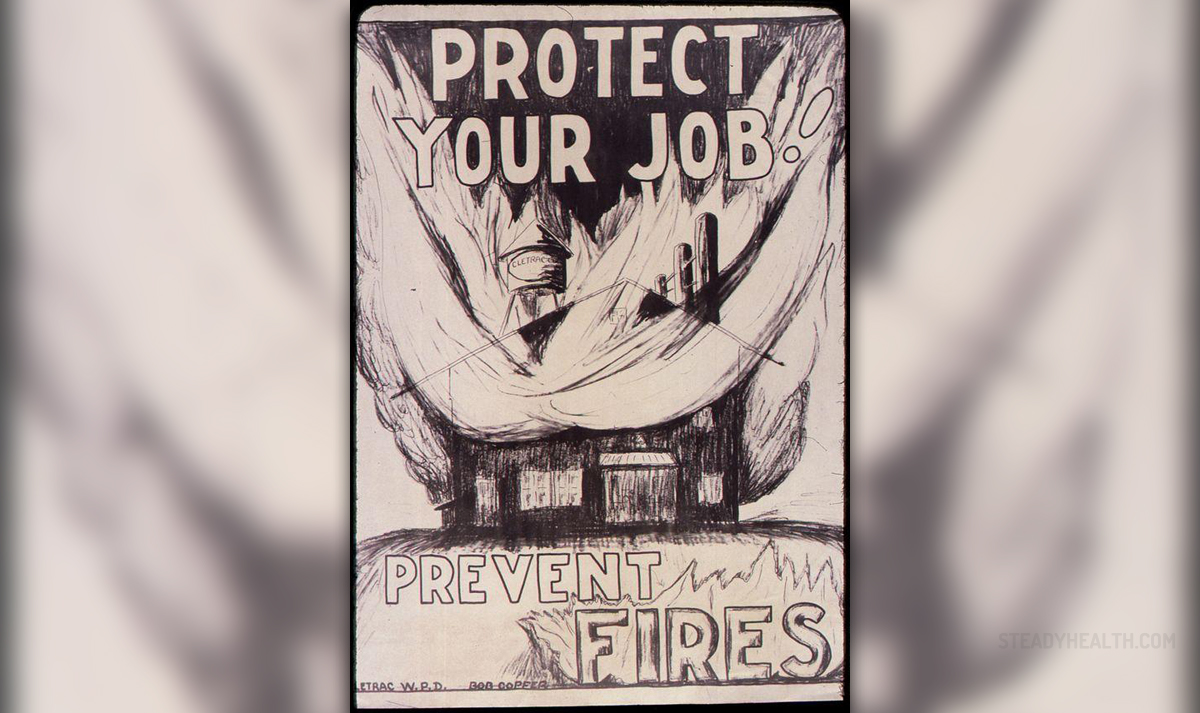
Ill effects of refluxon youngsters
What have most up-to-date statistics acquired by way of surveys and research studies revealed isthat those children belonging to the age group of 3 to 7 years are in fact atthe greatest risk of developing those most prominent symptoms and side-effects of GERD – as much as 2 to 8%of the time. On the other hand, infants are even at a greater risk withastonishing 20% of little sufferers.
Ever since the 1990s, the instancesof this ill condition have been steadily increasing in number. Furthermore,those infants who are challenged either on a developmental or neurologicallevel are regarded as the ones who are by far at the greatest risk of beingbefallen by GERD.
GERD for “beginners”
Despite the aforementionedfact, there are still quite a lot of people who are not that well informed or acquaintedwith this unpleasant condition. The most prominent cause for its occurrence isthe improper functioning of the one’s digestive system. In terms of an evenmore specific culprit, regarded as one of the most to be blamed for is theweakened LES, i.e. the lower esophageal sphincter. GERD occurs in those momentswhen LES is too weak and thus unable to shut off all the stomach contents,especially those that have the tendency to go back to the person’s throat, aswell as further up and past the larynx, until it finally reaches the upper airpassage.
But those are not theonly culprits and moments in which the reflux may be initiated. It is alsoquite common under that regular digestive back pressure. Having smallerchildren and infants in mind, this may occur right after the feeding has beenfinished, as well as after crying, coughing and going to the bathroom, to name but the mostfrequent and target moments of the GERD attacks.
Symptoms & treatment
Infants exhibitingGERD-related complications quite often exhibit such symptoms as regularvomiting, mild to moderate “spitting up”, pain in the belly area and the bellyitself, increase in overall size of adenoids, chronic coughing, middle earinfections, anemia, asthma, spitting up of blood (i.e. hematemesis), stridentsound produced in the course of breathing, repeating croup, arching of thespine, inflamed nose, inflamed sinuses etc.
Treatment includesthe employment of three different remedial varieties:
An infant must undergo a surgicalprocedureMedications (both prescription ones,as well as over-the-counter ones), andA holistic program



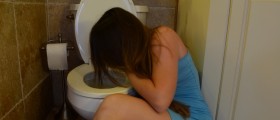




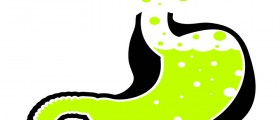
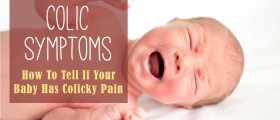
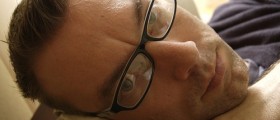

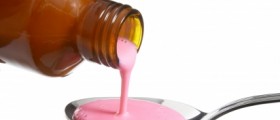


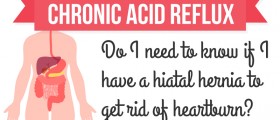

Your thoughts on this
Loading...